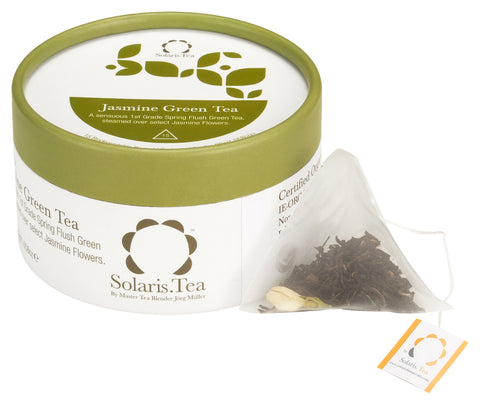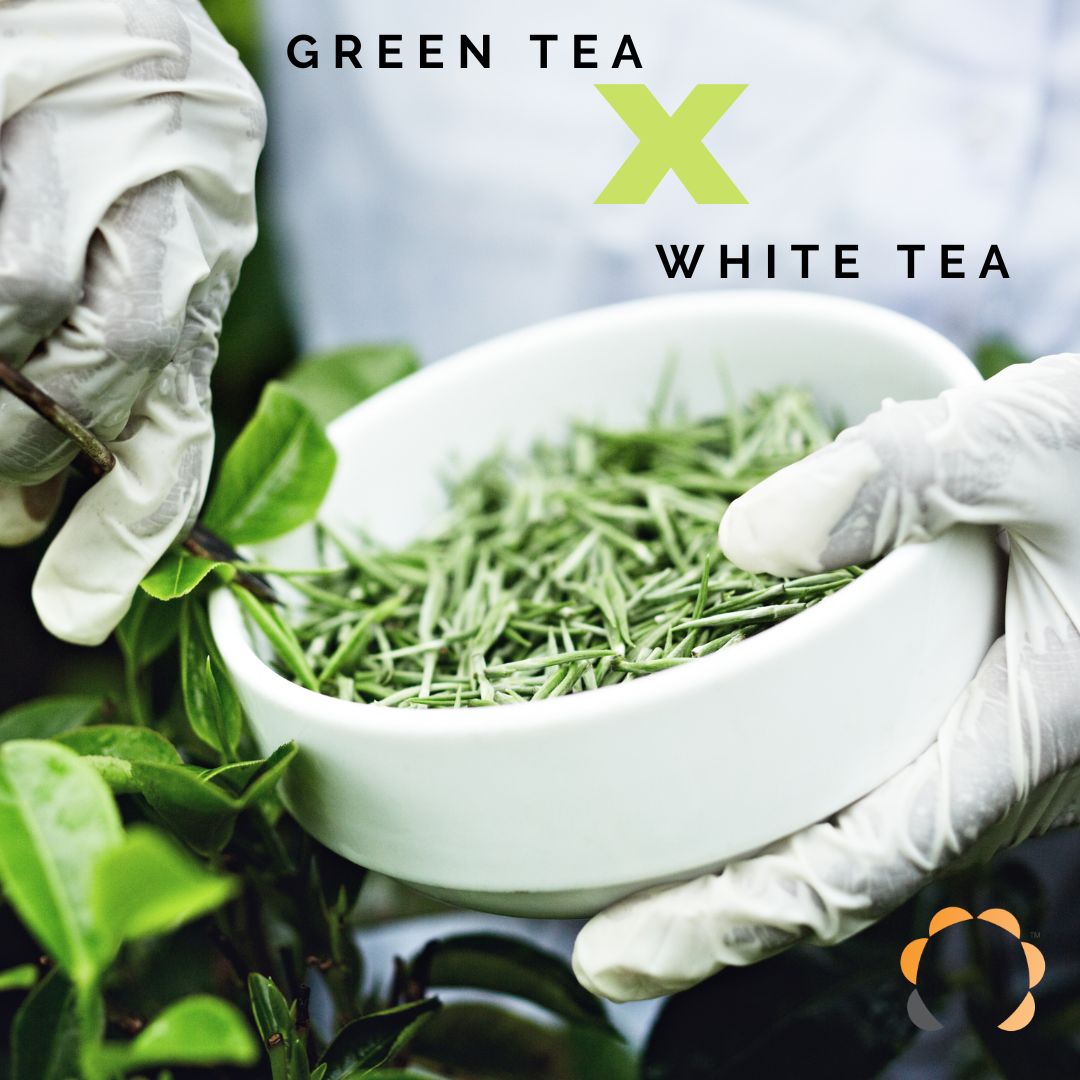Green Tea vs White Tea: a Health Heavyweight Contest
While most of us can typically tell black tea from other types, the tea universe is much more varied and intriguing.
In this article, we are going to explore some interesting facts that will help you understand the distinction between two of the healthiest types of teas around.
We are talking about green tea vs white tea of course. Ready for the battle?
How Are They Harvested And Processed?
For both green tea and white tea, Spring is usually the best harvesting season. A crucial step to obtain high-quality white tea is leaf selection. The best white teas are usually made from leaves with more buds and younger tea shoots.
Another important distinction is how they are processed. While green tea and white tea are both lightly processed, there are some important differences to consider.
When processing green tea, leaves are harvested and then heated very quickly using processes such as pan-frying or steaming. Subsequently, they are dried, which prevents excessive oxidation.
White tea processing is even gentler. Leaves are withered outside first and indoor second. The drying stage is less invasive compared to green tea and it can be done with air, sun, or mechanically.
What Are Their Health Benefits?
Both types of tea are known for the positive impact they can have on our bodily and mental health and especially for their antioxidant and detoxifying properties.
They are both low in calories and are thought to improve our immune system, our cardiovascular system, and our skin and hair.
They are also both associated with lower stress and positive effects on mood, memory, and attention.
Yet the number of antioxidants present in white tea is even higher compared to green tea, making this beverage one of the best ones around when it comes to health benefits.
What Do They Taste Like?
Taste is another important variable when choosing what to drink.
Both green and white tea have a more natural and less malty flavour compared to the more popular black tea. Yet both types have specific flavour characteristics that are worth highlighting.
Green tea’s flavour depends on the way it is processed. Pan-fried green tea (e.g. the Japanese tea Kamaricha) tends to have a sweet and roasted flavour while steamed green tea (e.g. the Japanese tea Fukamushi-Cha) has a more robust and smooth taste.
By the way, have you already tried Solaris’ Green Tea Chai? It has a slighter spicy note compared to other green teas, which is obtained by adding cardamon, alongside a blend of star Anis, lemon peel, orange peel, and whole cloves.

If you are looking for an energy boost, you may also want to check out our award-winning Jasmine Green Tea. Picked by skilled hands in the Chinese Jiangxi province, it is then gently steamed over a Jasmine flower, which creates an incredible and sensual aroma.

Compared to green tea, white tea’s taste is even subtler. It is also less bitter than both green tea and black tea. It comes in different aromas and variants. Our Organic White Tea Chai is a high-quality, first-flush tea. It is low in caffeine and it is hand-blended with freshly crushed herbs, which creates a distinctive and pleasantly inviting blend.

Both Teas Are Great Health Boosters
After exploring the similarities and differences between green tea and white tea, it’s worth remembering that both types are very good for our bodily and mental health and are a preferred diet addition for customers around the world who have embraced a salutary and invigorating lifestyle.
